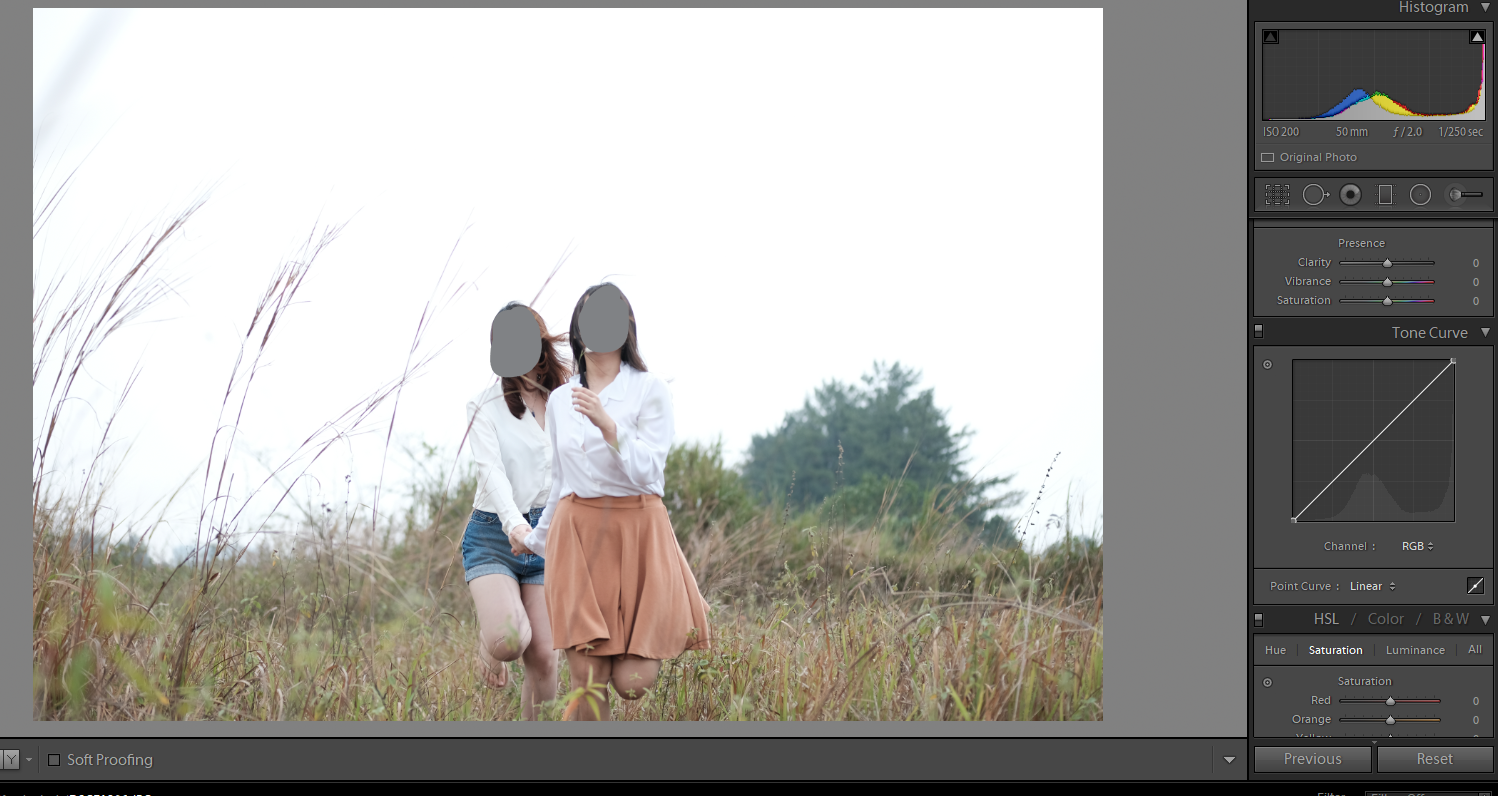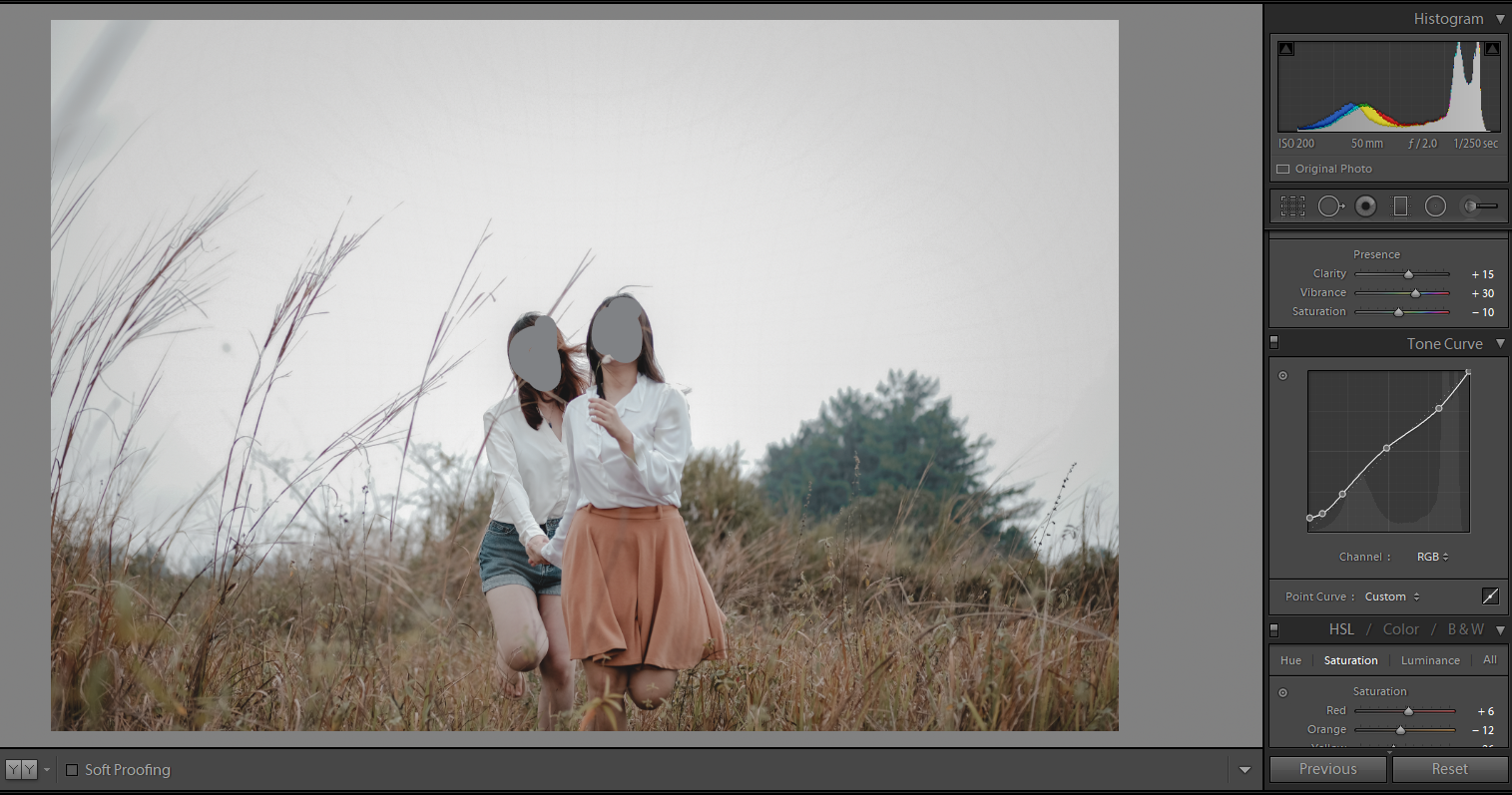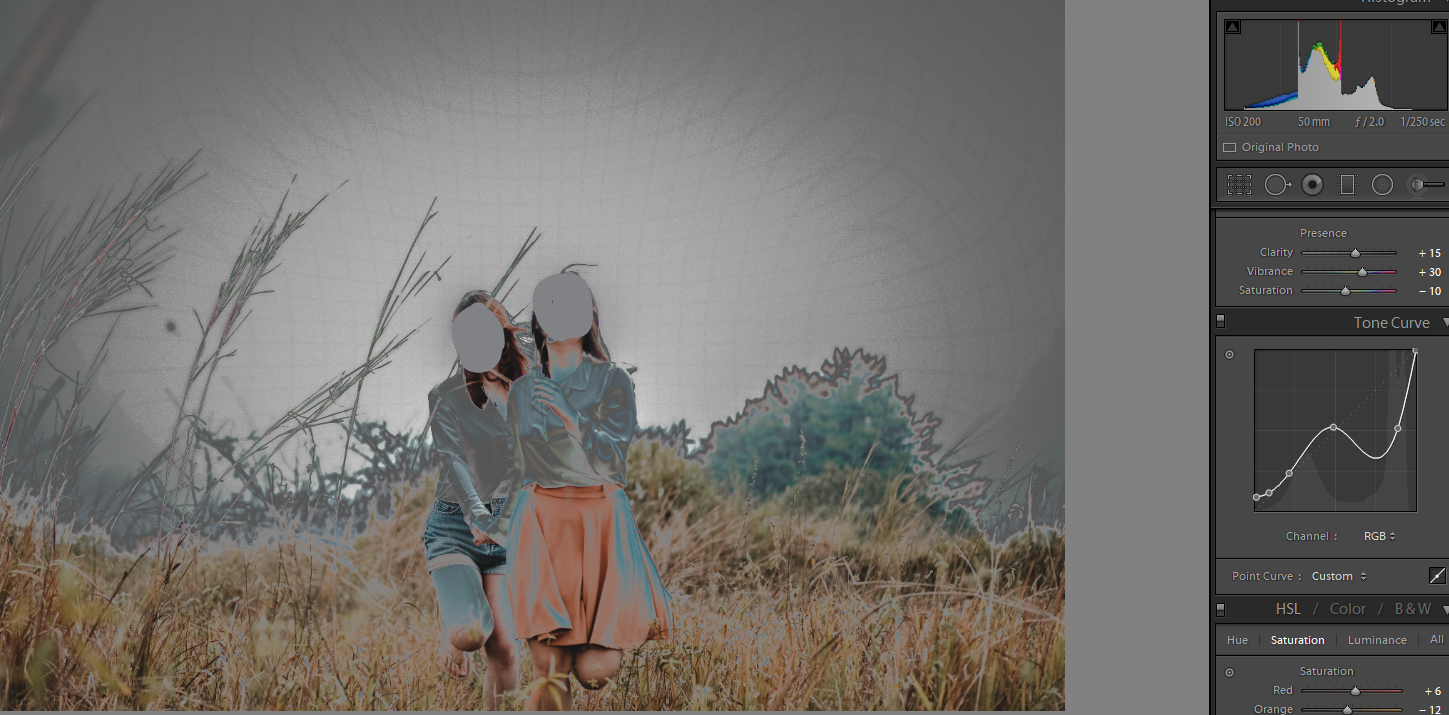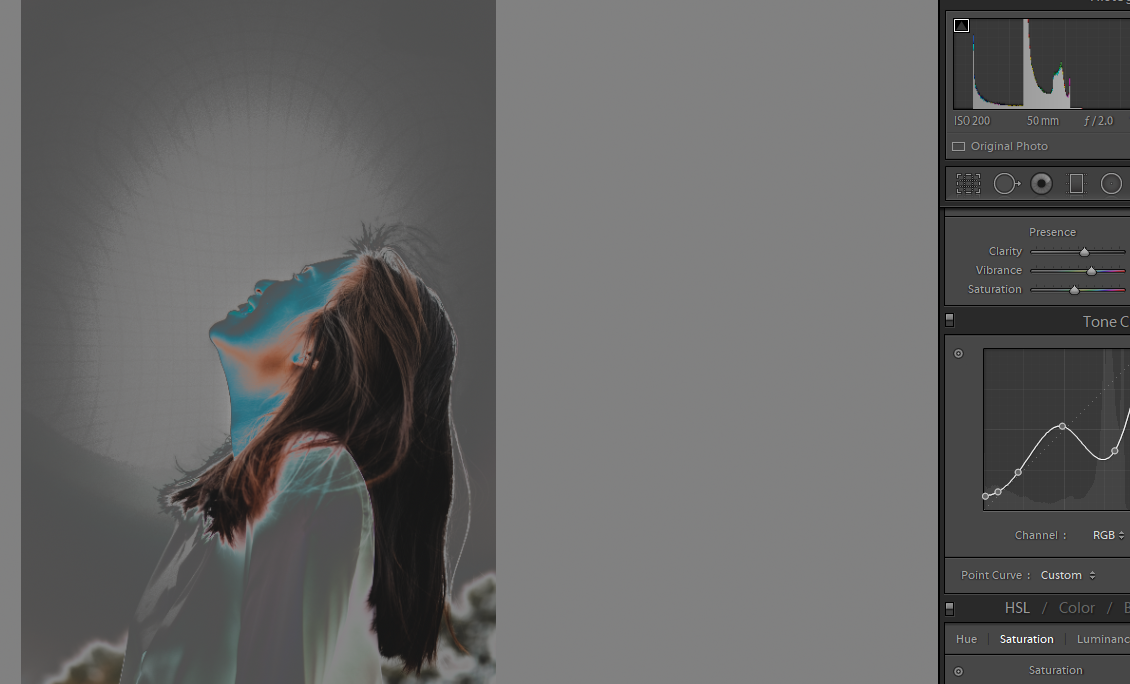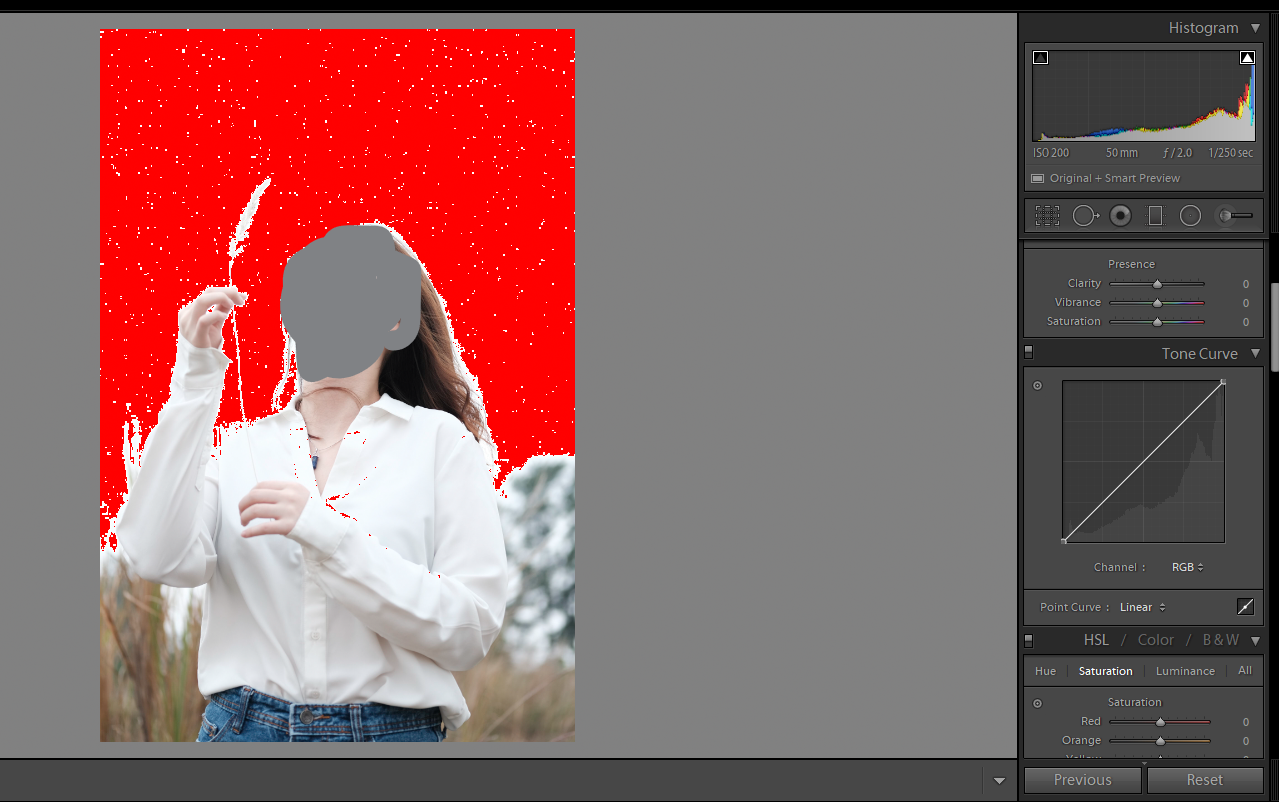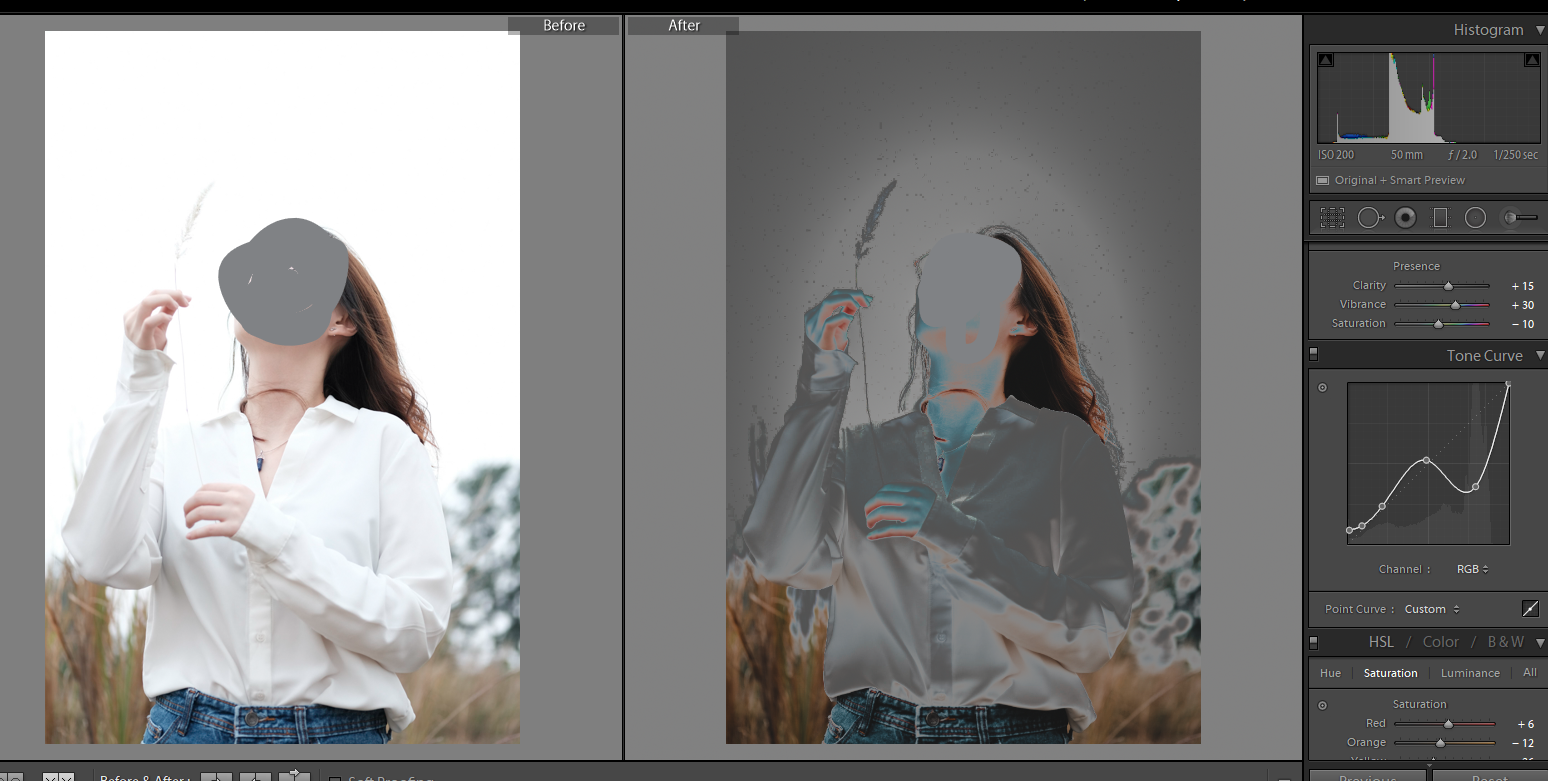- Forum
- Photography and Camera Forum
- Taking the Photo | Editing | The art of Photography!
- Editing and Presentation
- Help with Spherical Pattern on Highlight on Lightroom
Help with Spherical Pattern on Highlight on Lightroom
-
 Topic Author
Topic Author
- bogiva67
- Newbie
- Followers: 0
-
Points:
70
Post #667082
So recently, i've just noticed this weird spherical pattern appearing on my highlight area when editing my photos on lightroom. I'am using Fujifilm XT-20 and this editing is done on JPEG files using Lightroom 2017. At first i thought it is because the highlights clipped. But previously, i've shot many photos with clipped highlights but never ecounter this problem. So here's the photos
This is the original photo. Notice the white highlighted sky
After applying some edits, i notice the faint pattern in the sky, then i try to drop the highlight, and here's what i found
There's this spherical pattern showing everywhere in the highlight area
Different photo, same result, BUT
When i think it is because the clipped highlight, i came into several other photos with completely blown to white highlight, but shows no pattern at all! This is the example
Notice how everywhere is literally clipped to white, but after doing the exact same editing with previous photo...
No spherical pattern at all, everywhere.
This really confusing. Am i missing some setting here? is this happened on the picture itself? is my camera faulty? Or did i missed some setting on lightroom??
Help me please. Thank You
-

- Nikon Shooter
- Oh Wise One
-
- 3S 3X 810 850
- Followers: 197
- Posts: 13795
-
Points:
88932
Post #667097
You are processing a compressed jpg file with blown highlights!
I don't see that you gave much chance to do anything with little
data left in the file.
Two possible solutions for the future:
1, shoot RAW files,
2, protect the whites at all costs.
Better still, do both. Keep it up!
Light is free… capturing it is not!
-

- Nikon Shooter
- Oh Wise One
-
- 3S 3X 810 850
- Followers: 197
- Posts: 13795
-
Points:
88932
Post #667098
Lr has nothing to do with it… it just can't cope with the task
given the little resources at its disposal… no converter could.
Light is free… capturing it is not!
-

- garyrhook
- Oh Wise One
-
- Nikon D850, Nikon D750, Panasonic G7K
- Followers: 912
- Posts: 11103
-
Points:
67681
Post #667099
Stop using JPGs. That's a starting point.
But the fact is that this can happen with RAW files, too, if you try to push things too far. Typically changing exposure on a large areas of (essentially) solid color (like a blue sky) will show difficulty, too.
But in this case, those open areas are ideal for severe data compression in a JPG, which means you have even less data (JPG is lossy) than in the rest of the image. And attempts to effect significant change will result in problems like this.
I've only been using LR for about 6 years now, so I may not know too much, but IMNSHO here's your short answer: you're out of luck.
-

- Shadowfixer1
- Photo Elder
-
- Olympus OMD E-M1 MKII
- Followers: 1350
- Posts: 5555
-
Points:
73389
Post #667117
-
 Topic Author
Topic Author
- bogiva67
- Newbie
- Followers: 0
-
Points:
70
Post #667469
And oh, yes, i usually shoot with RAW as well. But for this photoshoot, i intentionally use JPEG because i need to capture burst shooting, and XT 20 RAW buffer cant handle that much RAW files in a single burst...
-
 Topic Author
Topic Author
- bogiva67
- Newbie
- Followers: 0
-
Points:
70
Post #667470
And yes, i usually shoot with RAW as well. But for this photoshoot, i intentionally use JPEG because i need to capture burst shooting (chasing running subject), and XT 20 RAW buffer cant handle that much RAW files in a single burst...
-
 Topic Author
Topic Author
- bogiva67
- Newbie
- Followers: 0
-
Points:
70
Post #667471
Oh and yes, i usually shoot with RAW as well. But for this photoshoot, i intentionally use JPEG because i need to capture burst shooting (chasing running subject), and XT 20 RAW buffer cant handle that much RAW files in a single burst...
-
 Topic Author
Topic Author
- bogiva67
- Newbie
- Followers: 0
-
Points:
70
-

- clippingphotoexperts
- New Kid On The Block
-
- Canon EOS Rebel SL3 / EOS 250D
- Followers: 51
- Posts: 41
-
Points:
1710
Post #667475
What you learned: Apply local lighting effects to a photo with the Radial Gradient tool
How does the Radial Gradient tool work?
The Radial Gradient tool applies local adjustments inside or outside of an oval shape. It comes in handy for creating natural-looking lighting effects.
Apply a highlight effect to a photo
- Select the Radial Gradient tool by clicking its icon in the column on the right or pressing the R key.
- Drag over the area that you want to adjust. The point where you start to drag will become the center of the radial gradient.
- Drag the sliders in the Radial Gradient panel to make your adjustments. For example, to add an effect that looks like a lightbulb, try dragging the Exposure and Temperature sliders to the right.
Create additional radial gradients
- To create another radial gradient in the photo, drag over the photo again and set the adjustment sliders for this radial gradient.
Move or modify a radial gradient
- To move a radial gradient, select its pin and drag. If you don’t see the pin, press the O key several times until you do.
- To change the shape of a radial gradient, drag any of the small circles on the gradient outline in or out.
- To rotate a radial gradient, drag just outside the gradient outline.
- To make changes to the adjustments on a radial gradient, select the pin for that radial gradient and adjust sliders in the Radial Gradient panel.
-

- garyrhook
- Oh Wise One
-
- Nikon D850, Nikon D750, Panasonic G7K
- Followers: 912
- Posts: 11103
-
Points:
67681
Post #667569
bogiva67 wrote: Is it common for image converter like this to create grid/symmetrical pattern like that over a clipped area??? I thought the usual problem will be banding or just random noise pattern. Not gridlike structure like that
It depends upon the image. I can run into the same issue with RAW images and blue skies. It may be due to gamut. You're pushing the image too far.
In any event, that breaking down is referred to as "posterization."
- Forum
- Photography and Camera Forum
- Taking the Photo | Editing | The art of Photography!
- Editing and Presentation
- Help with Spherical Pattern on Highlight on Lightroom
Latest Reviews
The Canon EOS R100 is an entry-level mirrorless camera introduced in 2023. But just because it’s an entry-level camera doesn’t mean it’s a bare-bones camera. Find out why in this review!
Nikon’s retro-looking Nikon Zfc is anything but retro. Under its classic body is a host of features and amenities that make it a worthwhile compact mirrorless camera for 2024.
The Canon EOS R50 is one of the newest R-system cameras from Canon. Is it worth your money? Find out all the details you need to know in this comprehensive review.
The Sony FE 70-200mm f/2.8 GM OSS II is Sony’s flagship mirrorless zoom lens. As such, it’s loaded with features and has a top-shelf build quality that makes it a top pick!
Forum Top Posters
-
1alexcray 1 post
-
2Fitch 1 post
-
3Sean Lamber 1 post
-
4Ira Weber 1 post
Latest Articles
Using leading lines in photography helps improve the composition by drawing viewers in and leading their eye from the foreground to the background. Explore some fine examples of this in this guide!
The Insta360 has one of the best lineups of action cams and 360-degree cameras. With these Insta360 accessories, you can elevate your photography and videography game!
Creating impactful photos of landscapes depends on many factors, not the least of which is your talent behind the lens. This guide explores other elements required for the best product.
The Canon EOS R100 is an entry-level mirrorless camera introduced in 2023. But just because it’s an entry-level camera doesn’t mean it’s a bare-bones camera. Find out why in this review!
Are you ready to upgrade your camera? Before buying new, you might consider the value of purchasing used gear to save money.
The Olympus OM-D E-M10 Mark IV is a micro four thirds camera released in 2020. It’s an entry-level system along with the OM-D E-M5 Mark III. Use this guide to determine which one is best for you!
Blue hour photography might not be as well known as golden hour photography, but it is every bit as good a time to create epic images of landscapes. Learn how in this quick tutorial!
Nikon’s retro-looking Nikon Zfc is anything but retro. Under its classic body is a host of features and amenities that make it a worthwhile compact mirrorless camera for 2024.







